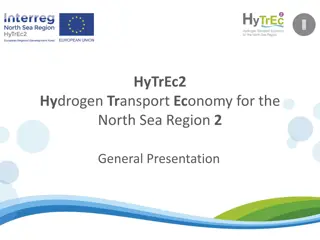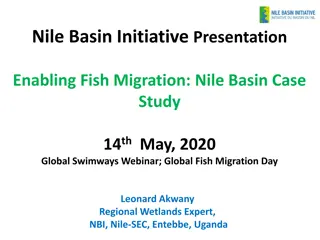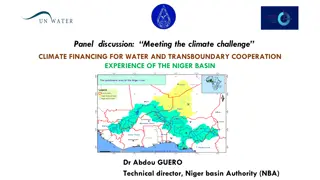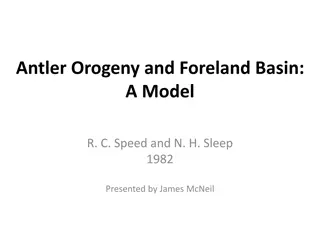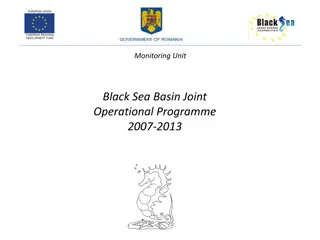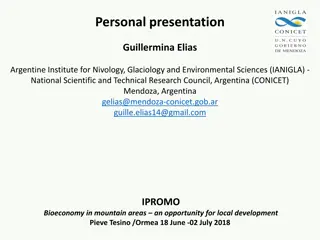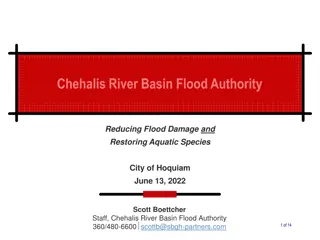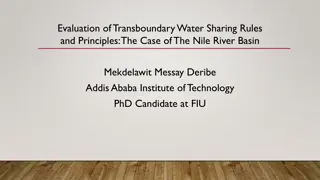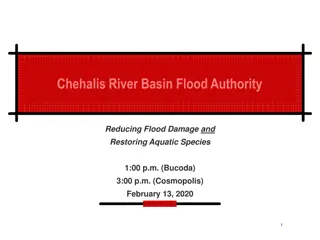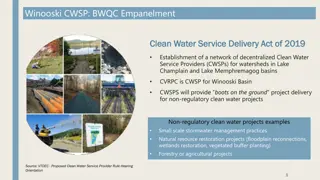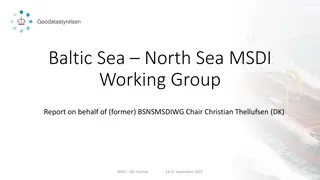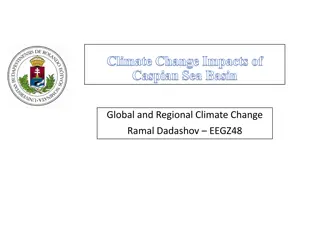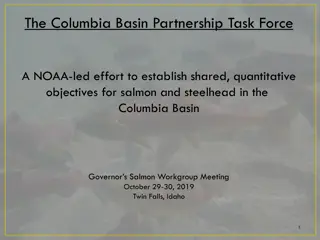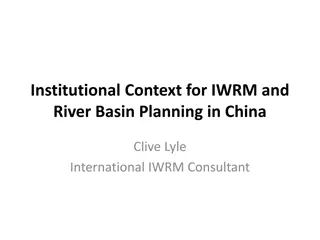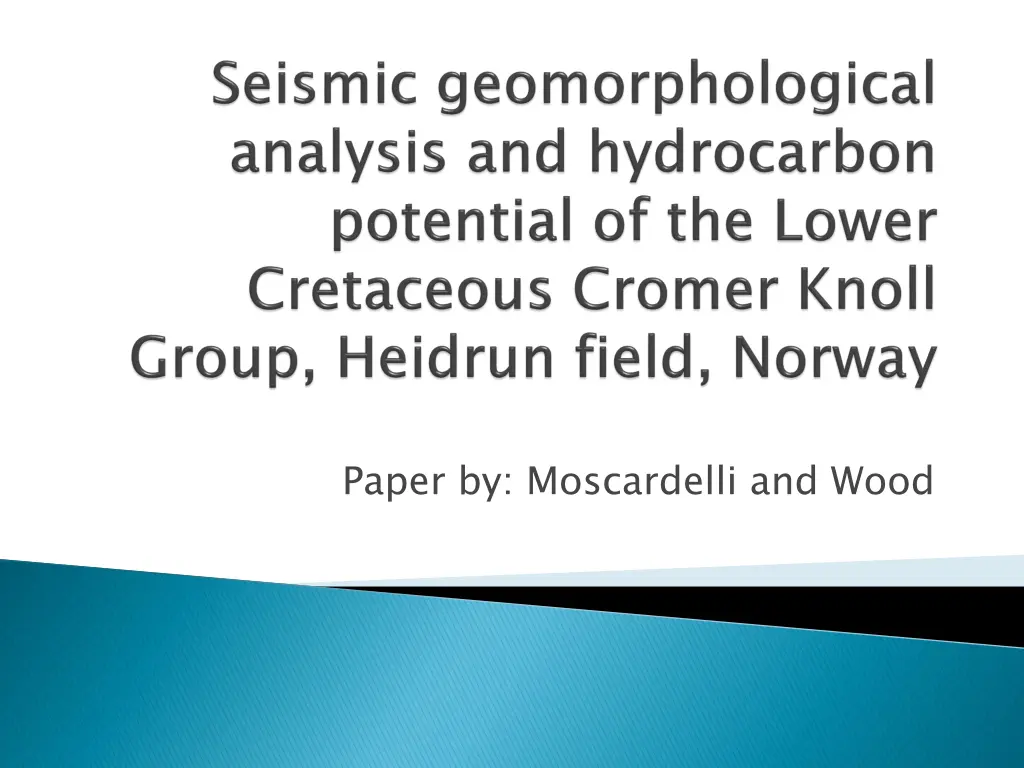
Cromer Knoll Group: Geomorphology and Reservoir Potential Study
Dive into the study of Cromer Knoll Group within Heidrun Field, focusing on its architecture, tectonostratigraphic significance, and reservoir potential in the Lower Cretaceous postrift unit. Explore the geological features of Halten Terrace, Upper Cretaceous units in Heidrun Field, and the use of seismic reflection data to analyze the Lower Cretaceous wedge. Discover how the Caledonian basement rocks, rifting effects, and sediment accumulation shape the Mid-Norwegian basin. Uncover the structural traps and source rocks contributing to hydrocarbon accumulations in the area.
Download Presentation

Please find below an Image/Link to download the presentation.
The content on the website is provided AS IS for your information and personal use only. It may not be sold, licensed, or shared on other websites without obtaining consent from the author. If you encounter any issues during the download, it is possible that the publisher has removed the file from their server.
You are allowed to download the files provided on this website for personal or commercial use, subject to the condition that they are used lawfully. All files are the property of their respective owners.
The content on the website is provided AS IS for your information and personal use only. It may not be sold, licensed, or shared on other websites without obtaining consent from the author.
E N D
Presentation Transcript
One of the main objectives of this study is to characterize the architecture and geomorphology of the Cromer Knoll Group within the Heidrun Field to explain the tectonostratigraphic significance, paleoenviromental configuration, and reservoirs potential of this Lower Cretaceous postrift unit. Moscardelli and Wood
Halten Terrace was one of the first giant oil fields found in Norwegian Sea. Narrow continental shelf due to faulting. Has been producing from Jurassic reservoirs the last 30years. Heidrun field in 1985 had 750 million bbl of recoverable oil.
Wanted to focus on Upper Cretaceous units in the Heidrun Field. Contains thick shales that act as seals from Upper Jurassic reservoirs.
Used 3D seismic reflection data and well data to examine Lower Cretaceous wedge. Cromer Knoll Group is within the hanging wall of a half graben in the Halten Terrace. This half graben has potential of high quality Cretaceous sandstones.
Basement of mid-Norwegian basin is Caledonian metamorphic and intrusive rocks. Basin is affected by rifting and faults. Accumulation of thousands of meters of sediment. Ten unconformities have been interpreted. Unconformities bounded six tectonosequences.
T1 formed structural traps and migration paths for hydrocarbon accumulations. T3 (Shetland Group) act as potential seals for Lower Cretaceous intervals. Spekk Formation is the primary oil and gas source rock. A fault connects T1 (Triassic and Jurassic) and T2 (Lower Cretaceous) and suggests that upward fluid migration might be possible.
Although the Jurassic reservoirs are reaching their limit, there is a high possibility that hydrocarbons are in the upper part of the Cromer Knoll Group of the Heidrun Field off the shore of Norway, according to the lithological and seismic analysis.

